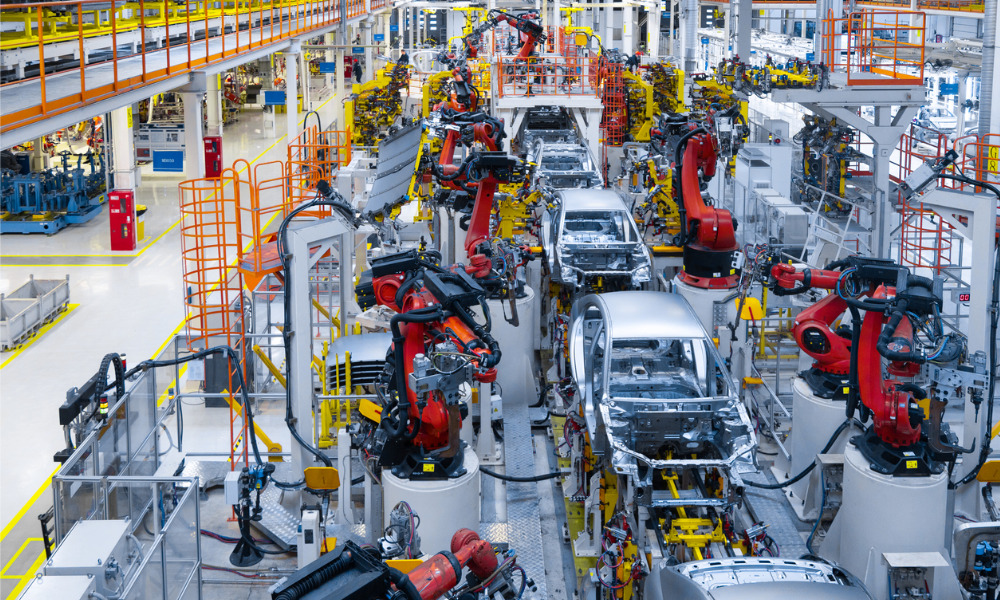Low-skilled, high-skilled workers benefit most from automation

Employers that invested in robots between 1996 and 2017 ended up employing more, not fewer, workers, according to two studies released by Statistics Canada (StatCan).
Increasingly, enterprises in agriculture, mining, construction, as well as service sectors such as health and waste management have invested in robots over this period.
These firms then saw 15 per cent higher employment relative to their industry's average performance after adopting robots.
However, the employment expanded in the high-skilled jobs (requiring a university degree) and low-skilled jobs (requiring high school or less) categories while middle-skilled workers (in jobs requiring vocational or trades accreditation) were more likely to leave and not be replaced after robots arrived.
One possible reason for the rise in employment? Robot adopters use fewer managers than their non-robot-adopting counterparts, according to StatCan’s Workplace and Employee Survey (WES).
“One possible explanation is that robots can repeat multiple tasks with a precision and consistency that humans cannot, and greater consistency may mean firms need fewer managers to monitor workers to ensure quality,” says the government.
“Moreover, the evidence from the WES shows that in place of managerial oversight, workers are given greater decision-making authority and individual performance incentives. But their work with or alongside robots becomes less routine, and they are forced to be more flexible.”
Investments in robots increased firm output by 0.8 per cent per year, on average, after accounting for the differences in use of other inputs, industry, geography, and the business cycle, says StatCan. Also, robots are associated with firms focusing more on increasing product and service quality, and not on reducing labour costs.
“These results suggest that robots will lead to better firm performance by improving the quality of products and services rather than simply reducing labour costs,” says the government.
However, robots will also bring disruption, not only displacing some jobs but also changing the requirements of other jobs. And not all workers will benefit from this change, says StatCan.
Women and men both face the risk of automation in the workplace dating back to 2016, but their risk levels differ, according to a previous study released by Statistics Canada (StatCan).
Job opportunities
According to the International Federation of Robotics, automation creates new job opportunities by enabling companies to become or remain competitive.
“This is particularly important for small to medium-sized (SME) businesses that are the backbone of both developed and developing country economies,” it says. “Overall, the greatest threat to employment is not automation but an inability to remain competitive.”
Increased productivity can lead to increased demand, creating new job opportunities, says the federation.
“These ‘spillovers’ can apply within an individual organization, but also within a given sector, to different parts of the value chain and in completely different industry sectors.”




